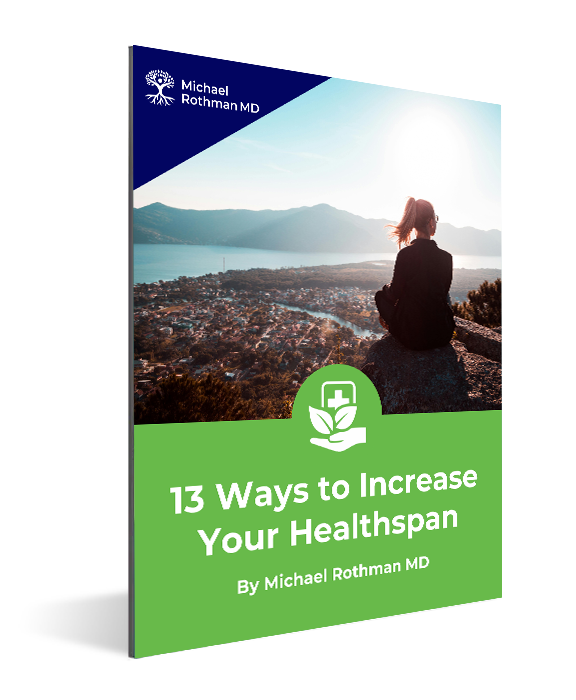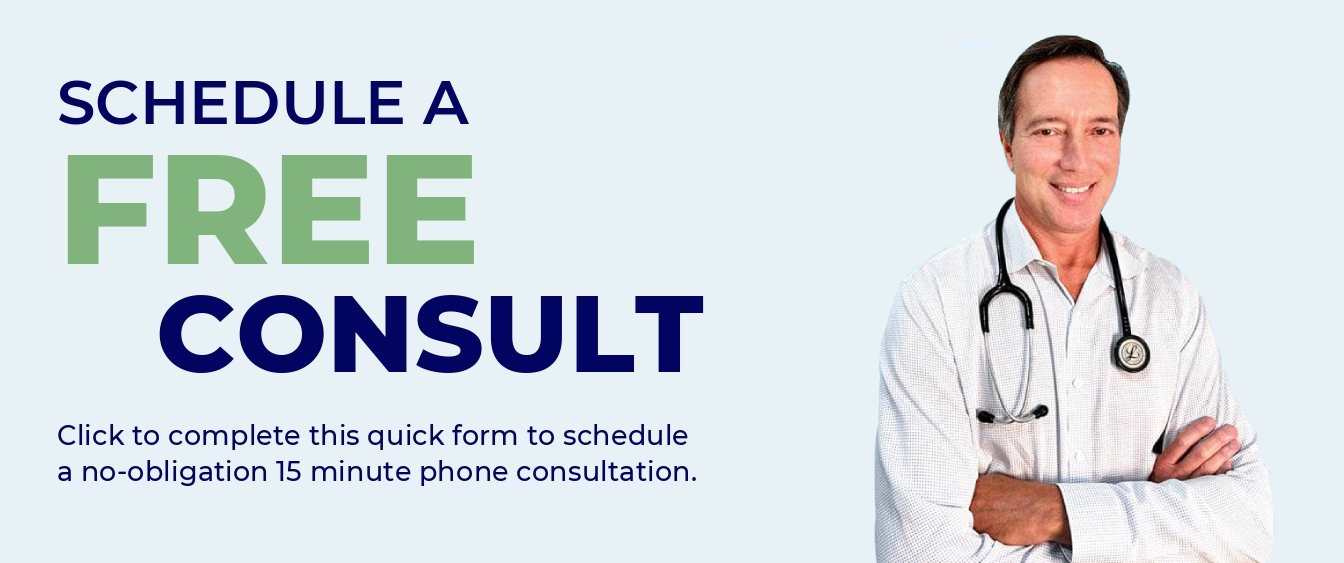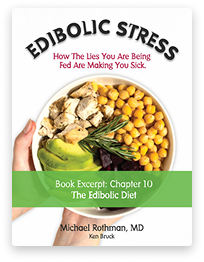Understanding the “10 Warning Signs of Mold Toxicity” is essential for safeguarding your health and the health of your loved ones. Mold toxicity, or mold poisoning, is a silent invader, causing significant health issues, including chronic inflammatory responses, if not identified and addressed promptly.
Deep Dive into Mold Toxicity
Mold toxicity results from prolonged exposure to toxic molds, which release harmful mycotoxins into the environment. These mycotoxins can accumulate in the body, leading to a myriad of health problems, or symptoms of toxic mold exposure, that can be debilitating if not treated.
What Exactly is Mold Toxicity?
Mold toxicity is a severe health condition caused by the inhalation or ingestion of toxic mold spores. These spores release mycotoxins that can cause chronic inflammatory responses, leading to long-term health issues if not addressed.
Recognizing the 10 Warning Signs
How to Recognize Signs of Mold Toxicity
Being aware of the signs of mold toxicity is crucial. Here are the 10 warning signs you need to watch out for:
1. Persistent Respiratory Issues
Chronic coughing, wheezing, and shortness of breath are hallmark signs of mold toxicity. These respiratory issues often mimic asthma, making it imperative to consider mold toxicity as a potential cause.

Start your journey to true well-being:
2. Unrelenting Chronic Fatigue
Mold toxicity leads to a type of fatigue that doesn’t improve with rest. Individuals may feel constantly tired and drained of energy, significantly impacting daily life and activities.
3. Memory Loss and Cognitive Dysfunction
Cognitive impairment, including memory loss and difficulty concentrating, is a serious sign of mold toxicity. Individuals may experience brain fog, making it challenging to focus and complete tasks efficiently.
4. Joint Pain and Unexplained Stiffness
Joint pain and stiffness without a clear cause can be a manifestation of mold toxicity. These symptoms are often mistaken for arthritis or other joint-related health issues.
5. Skin Irritations and Rashes
Skin reactions, including rashes, hives, and itching, are common signs of mold toxicity. These skin issues occur as the body reacts to the toxic mold spores in the environment.
6. Immune System Suppression
A weakened immune system, leading to frequent infections and illnesses, is a significant indicator of mold toxicity. The toxic mold spores can suppress the immune system, making the body more susceptible to infections.
7. Digestive Problems and Weight Loss
Digestive issues, including nausea, loss of appetite, and unexplained weight loss, can occur due to mold toxicity. These digestive problems can lead to malnutrition and other health issues if not addressed.
8. Sinus Congestion and Headaches
Persistent sinus congestion and chronic headaches are common in individuals suffering from mold toxicity. These symptoms often resemble chronic sinusitis, making it essential to consider mold toxicity as a potential cause.
9. Mood Swings and Depression
Mood fluctuations, including depression and anxiety, are common psychological signs of mold toxicity. These mood disorders can significantly impact an individual’s quality of life and overall well-being.
10. Sensitivity to Light and Vision Problems
Increased sensitivity to light and vision problems are neurological signs of mold toxicity. Individuals may experience blurred or double vision, making it crucial to consider mold toxicity as a potential cause.
Prevention and Early Intervention
Importance of Regular Mold Inspections
Conducting regular mold inspections is crucial for identifying and addressing mold issues promptly. Certified professionals can help detect and mitigate mold infestations, preventing the development of mold toxicity.
Improving Indoor Air Quality
Maintaining optimal indoor air quality is essential for preventing mold toxicity. Invest in air purifiers and dehumidifiers to reduce mold spores in the air, and ensure your living environment is well-ventilated and free of dampness.
What to Do If You Have Symptoms of Mold Toxicity
If you suspect you or a loved one is suffering from mold toxicity, seek professional medical advice immediately. Healthcare professionals specializing in environmental medicine can provide accurate diagnosis and treatment options for mold toxicity.
Ready to Take Control of Your Health?
If you’re ready to prioritize your health and are seeking effective, metabolically directed treatments, contact us online or call (732) 268-7663 for a consultation with Dr. Rothman.
Chronic Inflammatory Response Syndrome (CIRS)
Mold exposure can contribute to a myriad of seemingly unrelated symptoms. If you have enough symptoms related to mold exposure, you may be diagnosed with chronic inflammatory response syndrome (CIRS).
Typical Symptoms of CIRS
- Unexplained fatigue
- Brain fog
- Muscle aches
- Joint pains
- Headaches
- Multiple chemical sensitivities (MCS)
- Rashes
- Chronic infections
- Food intolerances
- Frequent urination
- Static electric shocks
- Temperature fluctuations
- Insomnia
- Dizziness
- Memory problems
- Light sensitivity
- Asthma-like symptoms (cough and shortness of breath)
- Abdominal pains
- Nausea
- Diarrhea
- Other chronic unexplained symptoms
CIRS is fairly common but often under-diagnosed. Many individuals with CIRS are mistakenly diagnosed with chronic fatigue syndrome, fibromyalgia, arthritis, depression, and other diseases. Approximately 24% of the general population have a genetic predisposition to CIRS. Furthermore, studies indicate that around 40% of buildings have issues with indoor air quality, putting individuals with the gene for mold sensitivity at significant risk for developing CIRS.
Conclusion on CIRS
If you are suffering from various seemingly unrelated symptoms, there is a very good chance that CIRS (mold-related illness) is the underlying, unrecognized cause.
Conclusion
Recognizing the “10 Warning Signs of Mold Toxicity” is the first step towards prevention and recovery. With this knowledge, you can take proactive measures to protect yourself and your loved ones from the harmful effects of toxic molds, ensuring a healthy and safe living environment for all.













